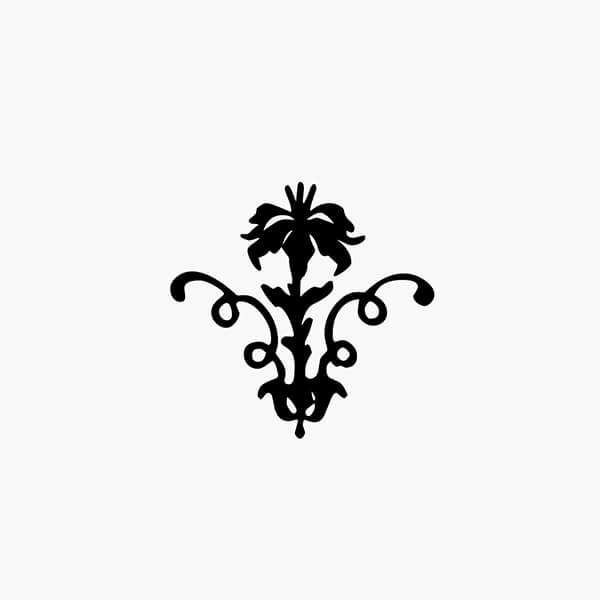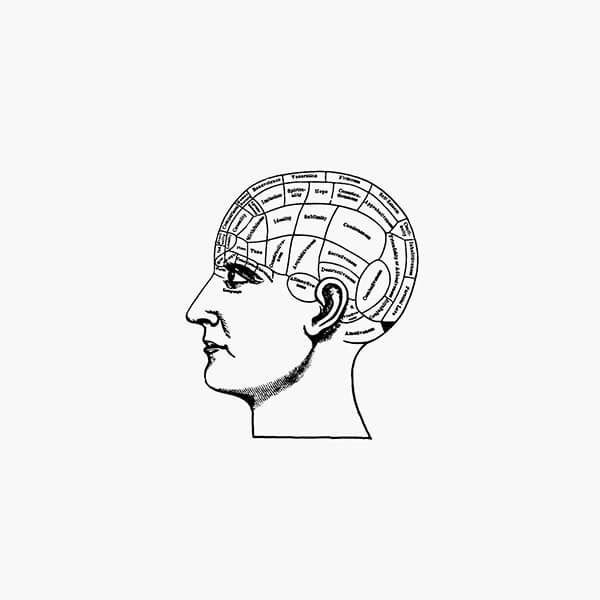



























Il Labirinto scritto
3358 La via Emilia
Viaggio di un intellettuale
Gabriel Faure. Prefazione di Giovanni Brizzi
2021 / 84 PAGES
The via Emilia is an itinerary that transforms itself into words, the narrative of a route, that being faithful to his nature, shares the same appearance of a narrative solemn gait, whose soul are the croaking cicadas.
The via Emilia, an ancient military route that used to run parallel to the Roman limes with the Celtic population occupying the area, becomes the keystone of the new settling concerning the Cispadane region starting from the 1 st century AD. Perhaps the most important axe of the History of Italy. Translated by Graziella Buccellati, French poet, and essayist Gabriel Faure travels along its width from end to end. It’s the journey of a writer, not that of an art critic – as he declares with his own words in these pages – “at the incessant exploration of that ineffable which constitutes the heart of every single human experience: what does it matter if I cannot express… []! Do I know, perhaps, what generates the charme of a peeling rose, of a reflection in the water, of a womanly glance?”
In this text art history and literature are presented in succession, intertwined one with the other. Just like prose blurs in poetry and moments of pause along the path become the occasion to deepen those indefeasible bonds that join places, people, and things. “We find ourselves in a constant state of relation with an external world that keeps changing in every instant”, writes the author, perceiving a certain sense of nearness between the pictorial gesture impressed on the canvas and
the swaying tops of cypresses standing out against the sky.
The reader is going to find a text rich in references and
cited works together with passionate and intense
descriptions, taken especially from the oeuvre of
Correggio and the city of Parma, and is going to recognize
an inspired traveller in the figure of Faure.
«L’anima di questo ambiente naturale luminoso e allegro sono le gracidanti cicale – le cicale descritte da Anacreonte… non amano che cantare, ignorano la sofferenza, sono quasi simili agli dei.»